Physical Address
304 North Cardinal St.
Dorchester Center, MA 02124
Physical Address
304 North Cardinal St.
Dorchester Center, MA 02124
One argument against Manhattan’s congestion pricing plan is that it merely redistributes congestion and pollution to nearby neighborhoods and suburbs, as drivers choose alternative routes that avoid midtown and downtown Manhattan. If this was true, air quality would decrease citywide…
In New York City, one common argument against congestion pricing (or in fact, against any policy designed to further the interests of anyone outside an automobile) is that because outer borough residents are all car-dependent suburbanites, only Manhattanites would benefit. For example, film critic John Podhoretz tweeted: “Yeah, nothing easier that taking the subway from Soundview or Gravesend or Valley Stream.” Evidently, Podhoretz thinks these three areas are indistinguishable from the outer edges of suburbia: places where everyone drives everywhere. But let’s examine the facts. Soundview is a neighborhood in the Southeast Bronx, a little over 8 miles from my apartment in Midtown Manhattan near the northern edge of the congestion pricing zone. There are three 6 train subway stops in Soundview: Elder Avenue, Morrison Avenue, and St. Lawrence Avenue. Soundview zip codes include 10472 and 10473. In zip code 10472* only 25.7 percent of workers drove or carpooled to work according to 2023 census data; 59.6 percent use a bus or subway, and the rest use other modes (including walking, cycling, taxis and telecommuting). 10473, the southern half of Soundview, is a bit more car-oriented- but even there only 45 percent of workers drive alone or carpool. 41 percent of 10473 workers use public transit- still a pretty large minority by American standards, and more than any American city outside New York. In the two zip codes combined there are just 45,131 occupied housing units, and 24,094 (or 53 percent) don’t have a vehicle. In other words, not only do most Soundview residents not drive to work, most don’t even own a car. Gravesend, at the outer edge of Brooklyn over 12 miles from my apartment, is served by three subway stops on the F train alone: Avenue P, Avenue U and Avenue X. It is also served by […]
Every so often I read something like the following exchange: “City defender: if cities were more compact and walkable, people wouldn’t have to spend hours commuting in their cars and would have more free time. Suburb defender: but isn’t it true that in New York City, the city with the most public transit in the U.S., people have really long commute times because public transit takes longer?” But a recent report may support the “city defender” side of the argument. Replica HQ, a new company focused on data provision, calculated per capita travel time for residents of the fifty largest metropolitan areas. NYC came in with the lowest amount of travel time, at 88.3 minutes per day. The other metros with under 100 minutes of travel per day were car-dependent but relatively dense Western metros like Los Angeles, Las Vegas, Salt Lake City and San Jose (as well as Buffalo, New Orleans and Miami). By contrast, sprawling, car-dependent Nashville was No. 1 at 140 minutes per day, followed by Birmingham, Charlotte and Atlanta. * How does this square with Census data showing that the latter metros have shorter commute times than New York? First, the Replica data focuses on overall travel time- so if you have a long commute but are able to shop close to home, you might spend less overall time traveling than a Nashville commuter who drives all over the region to shop. Second, the Replica data is per resident rather than per commuter- so if retirees and students travel less in the denser metros, this fact would be reflected in the Replica data but not Census data. *The methodology behind Replica’s estimates can be found here.
One common NIMBY argument is that new development is bad because it brings traffic. As I have pointed out elsewhere, this is silly because it is a “beggar thy neighbor” argument: the traffic doesn’t go away if you block the development, it just goes somewhere else. But my argument assumed that new development would in fact bring traffic wherever it occurred. A new study by three North Carolina State University scholars suggests otherwise. The study concludes that “rural locations are more likely to experience an increase in traffic due to increased development as compared to urban land uses.” (p. 19). This is because “locations that did not experience a significant traffic increase… had a higher traffic volume before development”. (p. 20). This might be because those areas were “already highly saturated, which served as a major disincentive for the migration of traffic” (id.) So in other words, if I am understanding this paper correctly, an already-congested area will not get much more congested with new development, because people react to congestion by going elsewhere or using slightly different routes. By contrast, when a basically uncongested area gets new development, the new development does not create enough traffic to scare off drivers.
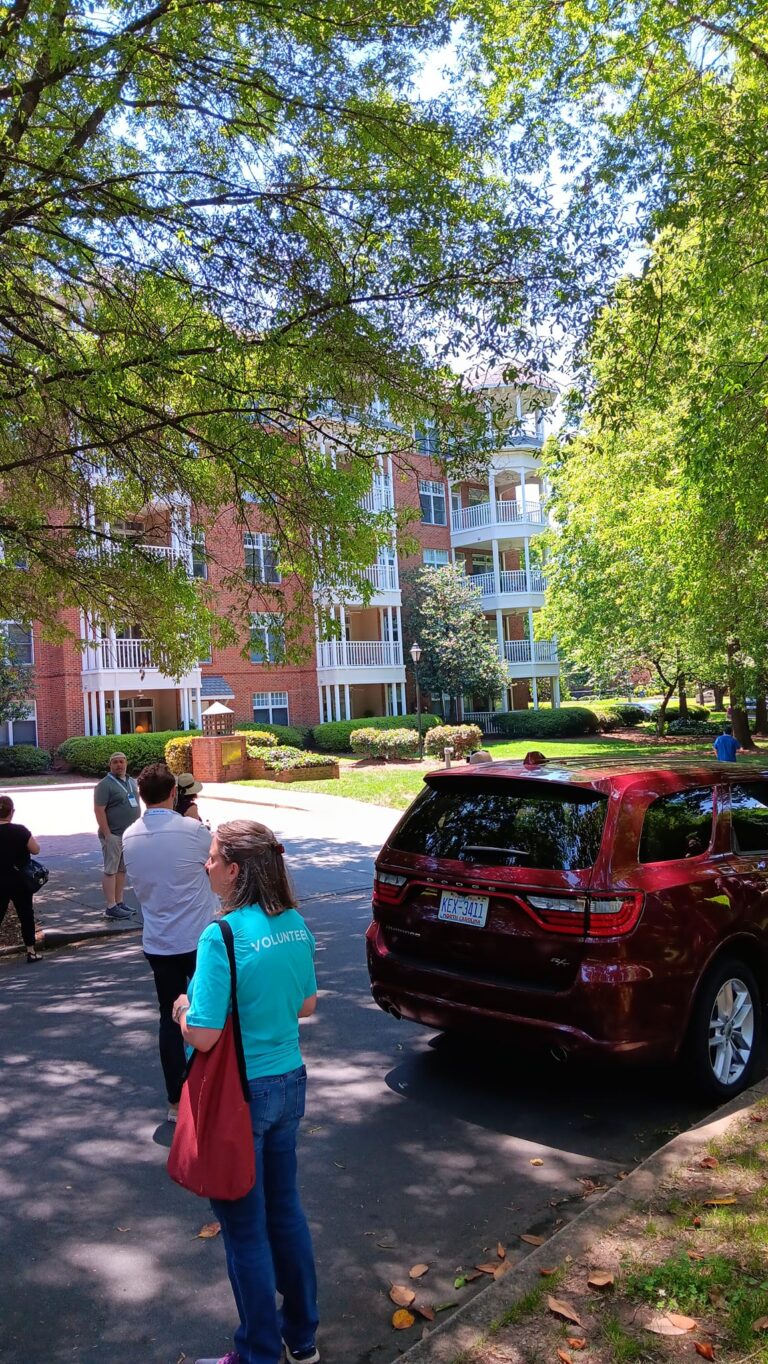
One common NIMBY* argument is that new housing (or the wrong kind of new housing) will “destroy the neighborhood.” For example, one suburban town’s politicians fought zoning reform in New York by claiming that allowing multifamily housing “is a direct assault on the suburbs.“ Indeed, many people do seem to believe that apartments and houses are somehow incompatible. But I saw an interesting counterexample recently. A couple of weeks ago, I attended the CNU (Congress for the New Urbanism) conference in Charlotte, North Carolina. CNU usually sponsors neighborhood tours, and I toured Myers Park, one of the city’s richest neighborhoods. Myers Park was built in the 1910s; most blocks are dominated by large single-family houses with an enormous tree canopy. Although Myers Park is only a couple of miles from downtown Charlotte, it certainly looks suburban, if by “suburban” you mean low-density and dominated by houses. (According to city-data.com, the neighborhood density is just below 4000 people per square mile, less than that of affluent Long Island suburbs like Great Neck and Cedarhurst). And yet on one of the neighborhood’s major streets (Queens Road) apartments and houses seemed to alternate. This does not seem to have reduced home values; the average value of detached homes there is over $1 million, about four times the statewide average. Moreover, Myers Park apartments are not the sort of “missing middle” housing that is virtually indistinguishable from a house. I saw a five-story building in Myers Park: not a skyscraper but definitely not something that looks like its neighbors. Not far away is a four-story building that looks like it has a few dozen units. In other words, apartments and houses can coexist, even in places that are very suburban in many ways. *As many readers of this blog probably know, NIMBY is an […]
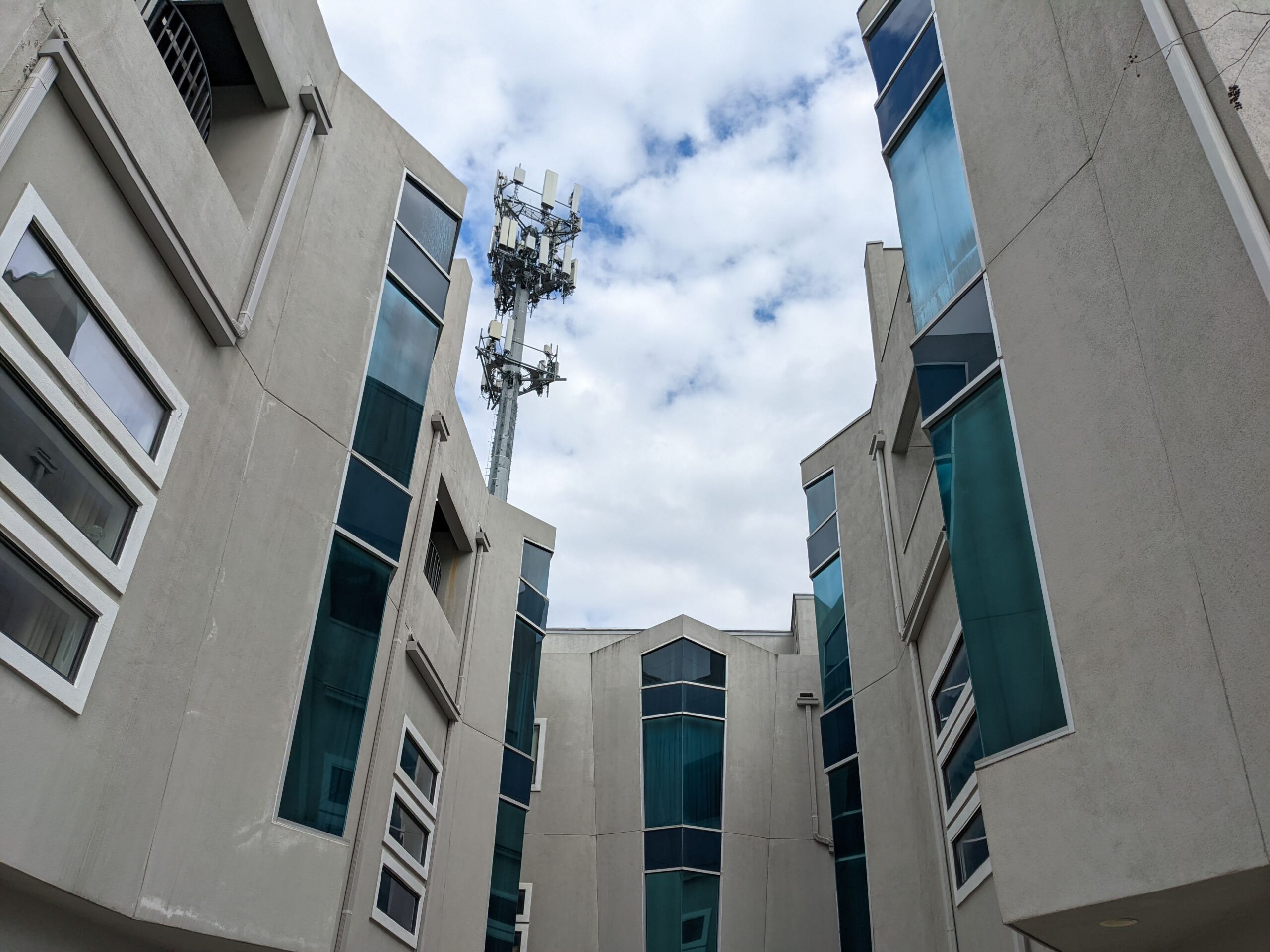
A trip to Houston reveals how a city can design without shame, urbanize around cars, and achieve privacy in a context of radical integration.
The narrow choice of city versus suburb is a balance of cost and amenities. But the bigger question – in which region should I make my home? – requires one to look on a higher plane.
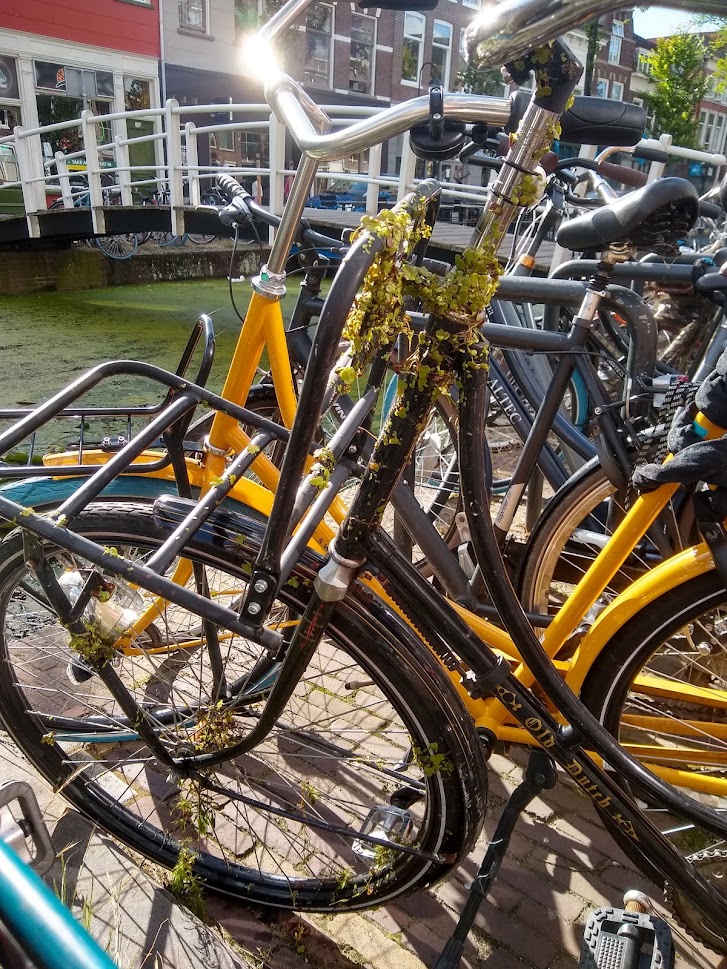
Hayek says that planning is the road to serfdom. Holland may be the most thoroughly planned country on earth - and it's delightful. How does a market urbanist respond to excellent planning?
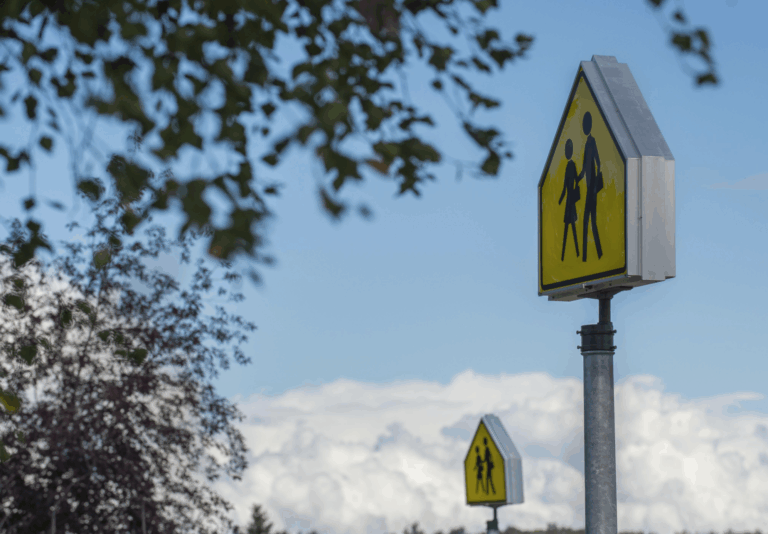
On June 24 in Brooklyn, a driver in an SUV struck and killed four-year-old Luz Gonzalez, with many onlookers claiming the incident was a hit-and-run. The New York Police Department disagrees, and has refused to prosecute the driver, sparking multiple street protests. Beyond seeking justice for Gonzalez, activists demand that the city expand the use of speed cameras in school zones, which they hope could prevent further tragedy. Yet precisely at the moment that the community is most sensitive to the risk that dangerous driving poses to children, the New York state legislature shut off 140 school zone speed cameras. Given their unambiguous success in improving traffic safety in school zones, legislators should act now to renew and expand the program. While there is rare consensus among Governor Andrew Cuomo and Mayor Bill de Blasio on the need to preserve and even expand the traffic camera program to 290 cameras, the expansion faces opposition from some members in the Senate. Opposition to the cameras has been lead by Republican State Senator Martin J. Golden—himself a notorious school zone speeder, having received over 10 tickets since 2015 alone—and Democrat State Senator Simcha Felder, who ineffectively used the cameras as a bargaining chip to install police officers in schools. Since their implementation in 2014 as part of the broader Vision Zero initiative, school zone speed cameras have already substantially improved pedestrian safety in New York’s school zones. According to one study by the New York City Department of Transportation, the number of people killed or seriously injured in crashes in schools zones has fallen by 21 percent to 142 since the cameras came online. This is due in part to the fact that speeding drivers are getting the message: in the first 14 months following implementation of cameras, speeding violations in school […]
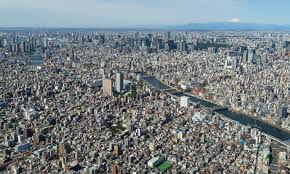
Four years ago my wife and I decided to take our son to a special and slightly unusual restaurant to celebrate his birthday. We were in Tokyo at the time and gave the taxi driver what we thought was the address for the restaurant – it had names and numbers on it. Cabbies in Tokyo, and in Japan in general, are renowned for their courtesy, the cleanliness of their cabs, and their driving skill. We were very surprised, therefore, when our driver suddenly pulled over and told us that “the restaurant is somewhere around here,” let us off, and drove away. After several minutes of search, we did manage to find the restaurant around the corner about a block or so away. We had a great meal, but the memory of that experience has always been something of a puzzle – until now. This summer we returned to Tokyo for a family vacation, and while relaxing in our hotel room I found myself thumbing through a guide book we had brought along, Japan Made Easy, in which I found this startling statement: “Tokyo … has thousands upon thousands of streets, but fewer than one hundred of them have names.” A quick check of Google Maps seems to confirm this assertion. (Hat tip to Jeremy Sapienza). More than One Way to Address a Letter This raises some obvious questions, such as how one addresses a letter. The guide says: …[T]he addressing system in Japan has nothing whatsoever to do with any street the house or building might be on or near. Addresses are based on areas rather than streets. In metropolitan areas the “address areas” start out with the city. Next comes the ku, or ward, then a smaller district called cho, and finally a still smaller section called banchi. This […]